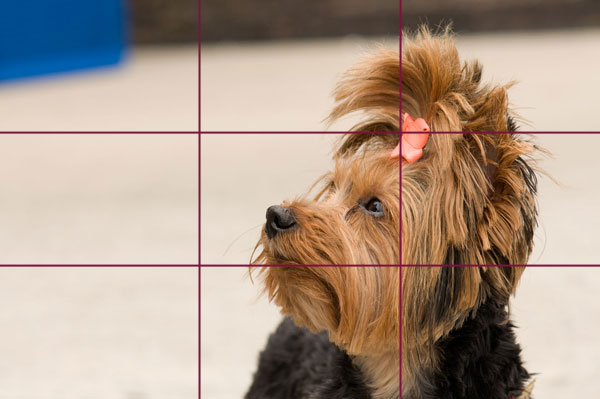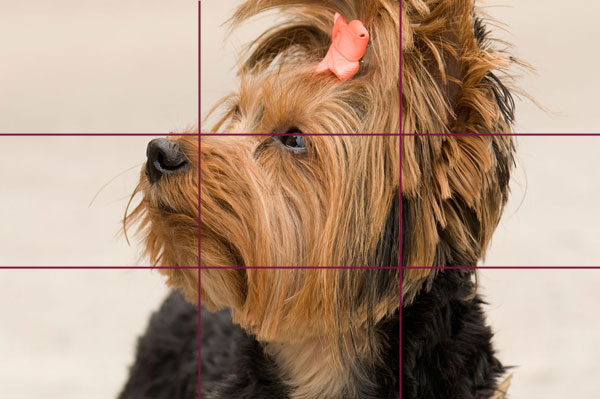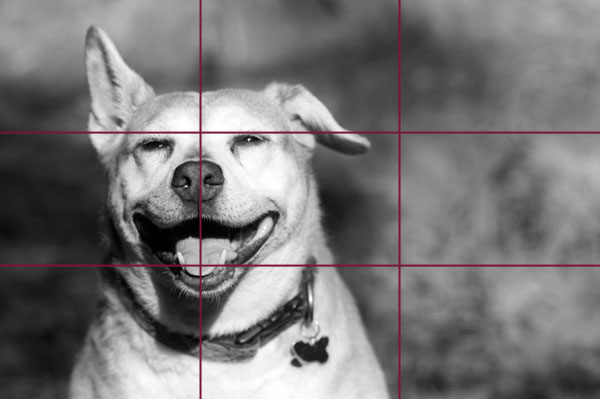The rule of thirds is one of the most well-known aspects of composition in photography. When used effectively, it helps you create well-balanced and visually-appealing images. In this post, you will learn the basic definition of the rule of thirds and how to apply it to your photographs to make them more interesting.
What is the Rule of Thirds?
The rule of thirds is a principle that states that a photo is most appealing when the points of interest of its subjects are placed along lines which divide the image into thirds, both horizontally and vertically. The easiest way to visualize this while shooting is to simply break the image down into a grid of 9 equal parts.
On many modern digital cameras, you can even turn on a grid in your viewfinder, although it won’t necessarily be split into a 3×3 grid. You can either use the visual grid in your viewfinder or roughly split the image up and pay attention to where your subject is in the frame. It is easy to use either method when you get used to it.
Keeping the rule of thirds in mind, you want to place the points of interest of your subject anywhere in your frame except directly in the center area. When people look at photographs, their eyes naturally gravitate to one – or multiple – points of interest, not the center of the frame.
When you place subjects in your frame using the rule of thirds, your image composition will match the manner in which people naturally view a photo.

Compare the image above to the alternate crop I created below, where the rule of thirds was not followed. The top image is the full frame, and the bottom one was cropped to show you a less appealing version.

When you compare these images, it is easy to see that the top picture is much better in a compositional sense. In most cases, you will get better results when you follow the rule of thirds.
Breaking the Rule of Thirds
In reading this article, please don’t assume that you have to apply the rule of thirds to every photo you shoot. In some cases, you may want to intentionally break the rule, whether to capture symmetry or if your subject requires a different perspective.
When framing a photo, you should get in the habit of asking yourself a few questions, including the following:
- What important element of the subject do I want to emphasize?
- What are the points of interest in the shot, and where do I want to place them?
- What composition will be the most visually-appealing for this particular subject?
- Will this subject look more interesting if I disregard the rule of thirds?
Conclusion:
Using the rule of thirds will come naturally over time. By paying attention to your subject and its point/s of interest, you will be able to effectively frame your subject, making sure that key elements do not fall directly in the center of your photo. Visualize a 3×3 grid while framing your shots and shoot, shoot, shoot.
Did you like this post? Share it and subscribe to our newsletter for helpful photography tips, resources and information delivered straight to your inbox. Your email address is safe with us, and we will never share it.


Interesting information. You can really feel the difference between the photos.
Thanks Noah, glad you found it interesting!